Common gardening mistakes
-
Here are a few tips on how to avoid beginner blunders
By Pat Rubin
 Gardening is an inexact science. So, we’ve all made plenty of mistakes as we learn about growing plants. Reading and studying helps, but you have to put your hands into the soil to really understand gardening. You need to see what plant roots look like, you have to experience pruning, deadheading, weeding and mulching. I’ve learned a lot by reading and a lot more by doing things both right and wrong.
Gardening is an inexact science. So, we’ve all made plenty of mistakes as we learn about growing plants. Reading and studying helps, but you have to put your hands into the soil to really understand gardening. You need to see what plant roots look like, you have to experience pruning, deadheading, weeding and mulching. I’ve learned a lot by reading and a lot more by doing things both right and wrong.A famous English gardener used to take the plant tag from every plant in his garden that died and put it into a bowl. It was to remind him of what he’d done wrong. The bowl was full to overflowing. He asked himself, “What makes a better gardener, our successes or our failures?”
The answer is probably both, but perhaps through this column, I can keep a few novice and experienced gardeners from making the mistakes I’ve made. I’m sure I’ll continue to make more gaffes in the garden, but it’s a process, no matter how long you’ve been gardening.
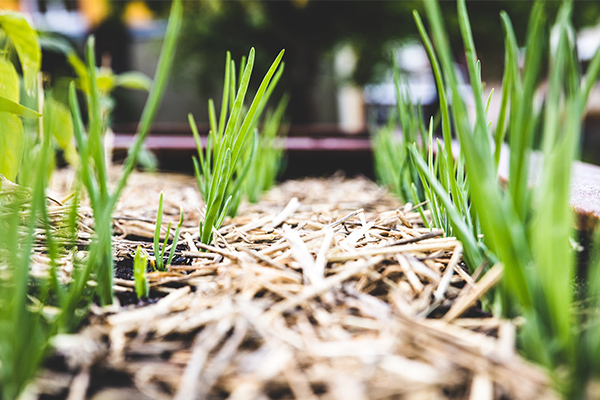
January
Using straw mulch
My vegetable garden was ready for winter. All summer and fall crops had been pulled out and the beds lay fallow. I wanted to put mulch over the beds so there would be no weeds the next spring when I was ready to plant again. My plan was to pull the mulch aside and plant spring and summer vegetables when the weather was warm enough. I bought several bales of straw and covered the bare earth with it. To my surprise, the following spring, seeds in the hay sprouted and I had a beautiful crop of wheat in the garden. My plan for a weed-free garden backfired. So, no more straw for mulch.
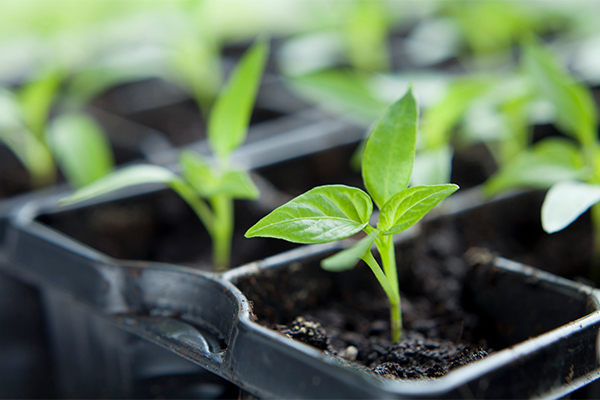
February
Planting too early
As soon as the sun comes out for any length of time, the garden centers and nurseries lure us inside with the promise of a bountiful garden. The racks are filled with tomato plants already in bloom, young squash and pepper plants and more. Maybe this year, the gardener muses, there won’t be any more frosty weather and I’ll have a head start.
Don’t do it. There will be more cold weather. Leave those plants on the shelves and let the garden center take care of them over the next few weeks. I asked a gardening friend when he thought it was safe to plant a summer garden. April 28 was his reply. “Why that day?” I asked. “Because it’s my birthday,” he replied. All danger of frost is past by then, so it’s a good day to plant.
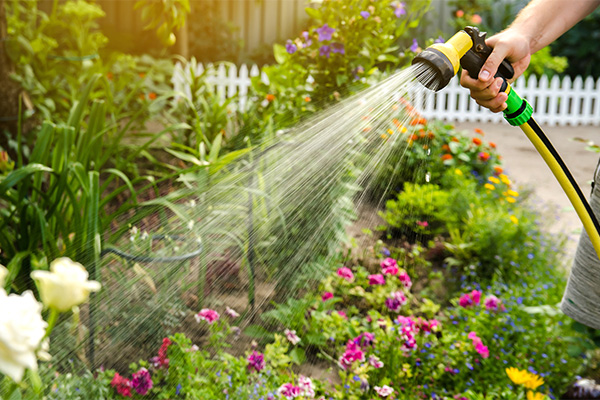
March
Watering too much or too little
There’s a joke about watering I heard years ago: A novice gardener asks an expert why his plants are dying. The garden guru says, “You’re not watering them enough.” The novice gardener explains that the plants are certainly being thoroughly watered, to which the expert says, “Well, then, you’re watering them too much.”
Watering too little or too much is certainly a common problem, and I think most gardeners water too little. Holding a hose and spraying water over the plants isn’t watering. I love watering my plants by hand early in the season because it makes me look at them every day. But it becomes a chore. My favorite way to water is with a timed system that provides the water slowly and evenly. I have emitters on my plants that spray them. I like that the foliage gets wet, and the emitters provide moisture in the air around the plants.
Keep an eye on plants. They will tell you whether they are being drowned or starved of water.
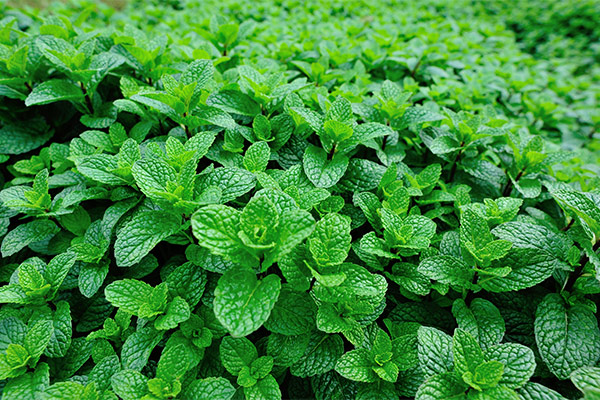
April
Including invasive garden plants
Many of us have gone to the nursery and asked for a plant that spreads, grows quickly and can cover a lot of territory. But beware of plants that quickly become thugs and will overrun everything in their way. They might, like mint, send out roots in all directions at all times. If you’ve ever tried to pull mint out of the garden, you’ll l know what I mean.
Or what about those beautiful purple morning glories that seem to grow 30 feet in every direction every day? I guarantee bamboo will be a problem to both you and your neighbors and I expect many of you have discovered privet seedlings in the garden. They look like such nice little plants, and then they grow to 20 or 30 feet tall, drop berries everywhere in the fall, and reseed the entire neighborhood. A friend of mine in Auburn pulls hundreds of volunteer privet seedlings out of her garden every year.
Here are a few thugs I’ve regretted letting loose in the garden: mint, crocosmia, hollyhocks, morning glory, ivy and the list goes on. Some I’ve allowed to stay with the caveat that I will control them by trying to eradicate them. Others, like love in a mist or forget-me-nots, I allow to reseed and pick them for cut flowers.
Bottom line: Be careful what you wish for.
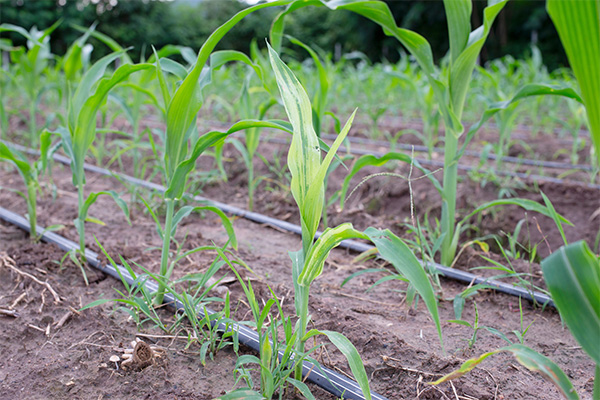
May
Having too few corn plants
I’ve noticed garden centers selling pots with a single sweet corn plant. If you’ve ever driven by a cornfield, you’ve noticed how closely the plants are together.
When the plants develop tassels (the male flower), the pollen falls onto the silks of the developing corn below. Every strand of silk has to be pollinated so the more tassels in the vicinity, the better the chances of pollination. To have a good corn crop, you need to plant at least a four-foot block of corn, each plant about 10 inches apart.
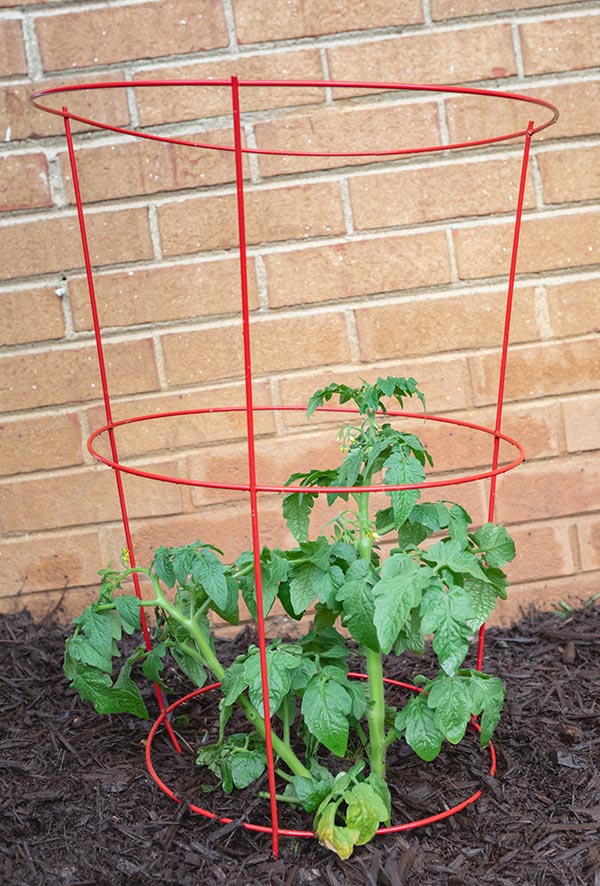
June
Using small tomato cages
It only takes new gardeners one season to realize those colorful little cages labeled as tomato cages aren’t going to work. Tomatoes can grow to 6 feet tall and become quite heavy with foliage and fruit. Some folks devise their own cages with stakes and string or fencing panels. But luckily, there are also plenty of ready-made larger cages that really do keep these wonderful plants neat and off the ground.
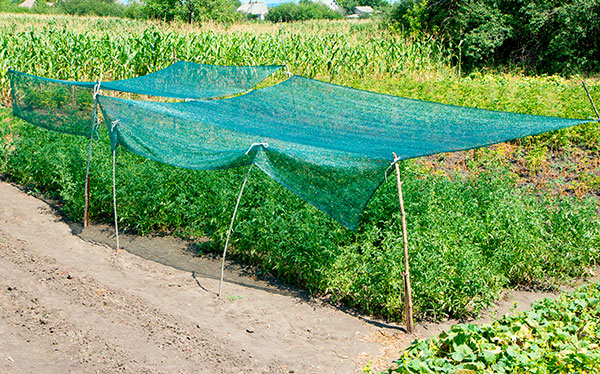
July
Failing to shade plants from sunburn
You’ll only have to have your tomatoes sunburn once to learn that you need to put a piece of shade cloth or newspaper on the afternoon-sun side of the plants because sometimes the leaves don’t fully cover the fruit. I often put an empty plastic plant flat, with holes, on the top of each tomato cage. The shade moves around as the sun’s light crosses over the garden.
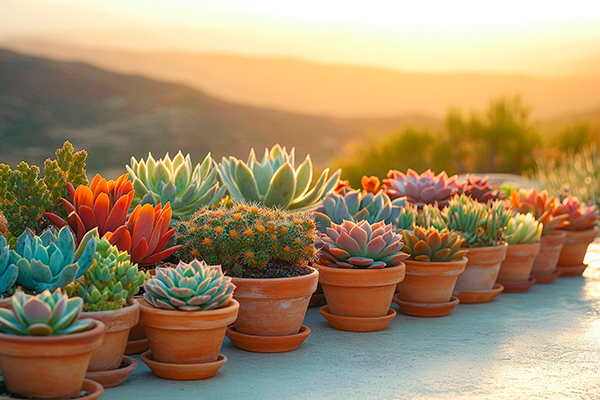
August
Overwatering succulents in the heat
I normally water my succulents once each week or two, even the ones in pots. This past year, however, since we had so many days of 100-plus temperatures, I thought I should water them more often. I gave them a drink every day, just a little, and yet the plants, even the ones with only morning sun, kept getting scorched. The foliage was turning black. Of course, I was watering them too much and turning them into soft sun-susceptible plants. I went back to watering once every week or two and all the succulents are much happier.
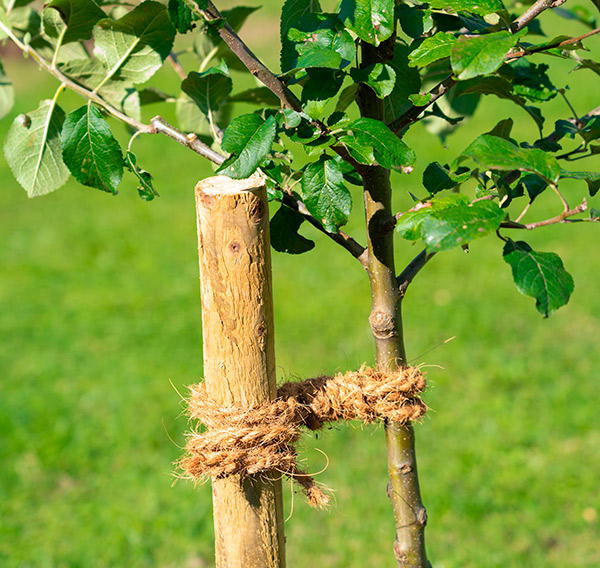
September
Incorrectly staking trees
Most people are guilty of three things when staking a tree: leaving the nursery stake tied against the trunk, staking the tree improperly or leaving the stake on too long.
First, throw away the thin nursery stake tied against the trunk of the tree. It will keep the tree from being able to move once it’s in the ground. Trees need to move to develop strength.
Check to see if the tree needs support. Most trees do not. If it stands without staking, don’t stake it. If it bends, run your hand up from the base of the tree to the point where the tree stands. That’s where you want to put the ties. Use strips of nylon pantyhose or gardening tape to tie the tree to the stakes, which should be 12 to 18 inches away from the root ball and at a right angle to the prevailing wind. Stakes should only extend a few inches above the ties. Otherwise, the tree can rub against them. Never use metal T-posts because they will destroy tree trunks if they rub against them.
Remove the stakes after a year. Most people never remove the stakes. A tree expert told me that would be like wearing a cast for your whole life.

